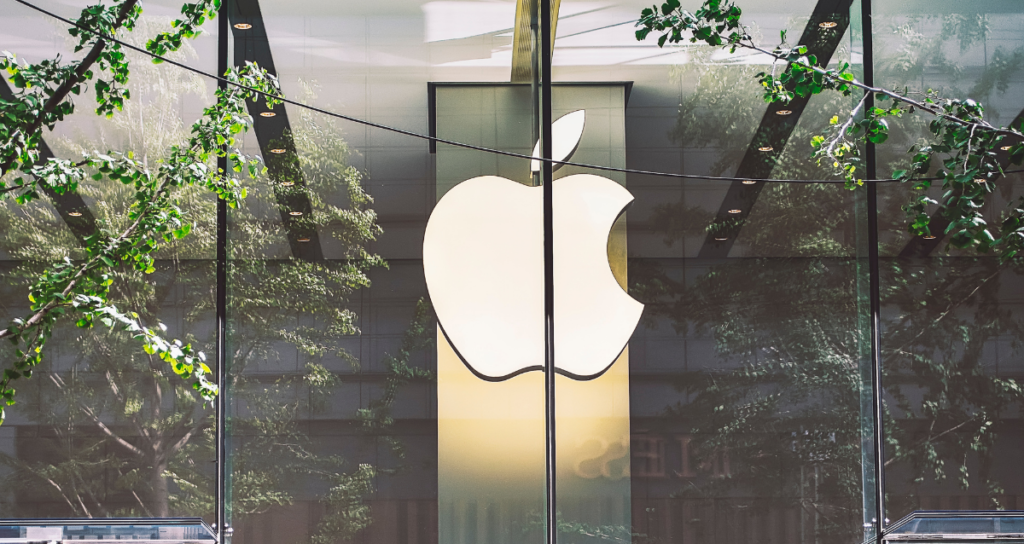Before Apple announced Vision Pro, the virtual reality (VR) market was already bustling with a variety of products from different manufacturers. These included notable offerings like Meta Quest 2, Playstation VR 2, Valve Index VR, and HTC Vive. However, when Apple unveiled Vision Pro, it brought a level of maturity and innovation that set it apart from the competition, reshaping the VR landscape.

The Evolution of Vision Pro
Vision Pro represents a significant leap forward in the world of virtual reality. While many existing VR systems rely on handheld controllers for interaction within the virtual environment, Vision Pro introduces an innovative approach. Users control the virtual world using their fingers, eliminating the frustrations and disconnections often associated with traditional controllers. This shift enhances the immersive experience and lowers the barriers to entry for users new to VR.
Breaking Down Technical Barriers
One of the key challenges in the VR space has been the need for a powerful computer or console to run VR applications smoothly. Vision Pro addresses this limitation by leveraging Apple’s own M2 and R1 chips. This technological leap not only enhances performance but also removes the dependence on high-end hardware. With Vision Pro, VR becomes as convenient as using a smartphone, making it accessible to a broader audience.

The Price Factor
When it comes to Apple products, pricing has always been a key consideration. While some critics argue that Vision Pro comes with a steep price tag, Apple’s strategy behind this pricing is multi-faceted.
By positioning Vision Pro as a high-priced device, Apple taps into the psychology of premium branding. This strategy is reminiscent of their MacBook line, which is often priced higher than competitors’ laptops. By doing so, Apple creates a perception of quality and reliability. Customers are more likely to view a higher-priced product as a premium offering, particularly when it bears the Apple logo.
By branding Vision Pro for work use, Apple aligns it with professional needs. Businesses and professionals are often willing to invest in premium technology that can enhance productivity and offer a superior user experience. This approach distinguishes Vision Pro from other VR products that are primarily marketed for entertainment purposes.
Moreover, the professional focus also justifies the higher price. Many professionals are willing to pay a premium for tools and devices that help them excel in their work. The value proposition shifts from entertainment to productivity, making the cost more justifiable.
It’s essential to note that Apple is well aware of the price perception and likely anticipates some pushback on affordability. However, they are banking on the belief that the quality, performance, and utility of Vision Pro will justify its cost in the eyes of professionals and businesses.
The Power of Branding and Search
Apple has consistently demonstrated the power of its brand in driving interest and demand for its products. With the unveiling of Vision Pro, this branding power was on full display. The keyword “Vision Pro” went from having virtually no search volume to over a million searches in a single day after the product’s announcement. This dramatic surge in search interest underscores the strength of the Apple brand and the curiosity it generates.
The hashtag #VisionPro, which was used in over 13,000 social media posts, further illustrates the buzz generated by Apple’s branding and marketing efforts. Apple’s ability to create anticipation and excitement around its products is a testament to its brand equity and loyal customer base.
The power of branding also extends to customer trust. Apple customers often have high expectations for product quality, user experience, and customer support. This trust in the Apple brand translates into a willingness to explore and invest in new Apple products, even if they are priced at a premium.
Apple’s branding and marketing prowess enable them to drive demand for their products and create a sense of anticipation that few other companies can match. It’s a testament to the enduring strength of the Apple brand in the tech industry.

Apple’s Approach to Leadership
Apple’s approach to product leadership has been a defining characteristic of the company’s success. Unlike some competitors who rush to be the first to market with new technologies or features, Apple takes a deliberate and patient approach to product development.
This approach is evident in their flagship products, such as the iPhone and MacBook. Apple doesn’t always introduce groundbreaking features immediately. Instead, the company focuses on refining existing technologies and user experiences. They wait until they can offer a more polished, optimised, and reliable product.
Apple’s philosophy is that being a leader is not just about being the first; it’s about being the best. This approach has allowed Apple to create products that are known for their seamless integration, user-friendliness, and exceptional build quality. It’s a strategy that prioritises user experience above all else.
While this approach may not always result in Apple being the pioneer in a particular technology, it often positions them as a trendsetter and influencer. When Apple does incorporate a feature or technology into its products, it tends to set the standard for the industry, leading competitors to follow suit.
In the case of Vision Pro, Apple’s approach to leadership means that they are likely focusing on delivering a VR experience that is refined, user-friendly, and optimised for professional use. This patient and deliberate approach to product development has historically paid off for Apple, and it’s a factor that sets them apart in the tech industry.
Navigating the “Red Sea”
Entering the VR market presents a unique challenge for Apple. The market is already saturated with various VR products, making it akin to a “red sea” where multiple players compete intensely. In this crowded space, Apple must rise above the competition by delivering a superior product. The term “red sea” refers to the presence of other “sharks” in the market, each vying for dominance. To emerge as a leader, Apple needs to offer a VR experience that not only matches but surpasses existing offerings.
Conclusion
Apple’s Vision Pro has ushered in a new era of virtual reality, bringing innovation, accessibility, and professionalism to the forefront. By replacing traditional controllers with finger-based interactions, breaking down technical barriers, and strategically positioning the product for work use, Apple has set the stage for Vision Pro to make a significant impact. The surge in search interest and social media buzz also signal a strong demand for this groundbreaking VR solution.
Apple’s approach to product leadership, which prioritises refinement and optimization over being the first to market, sets a high standard for the industry. However, the company’s entry into the “red sea” of the VR market means that it must continue to innovate and deliver a product that outshines the competition. As Vision Pro continues to evolve and mature, it has the potential to reshape the way we interact with virtual environments and solidify Apple’s position as a key player in the VR space.



